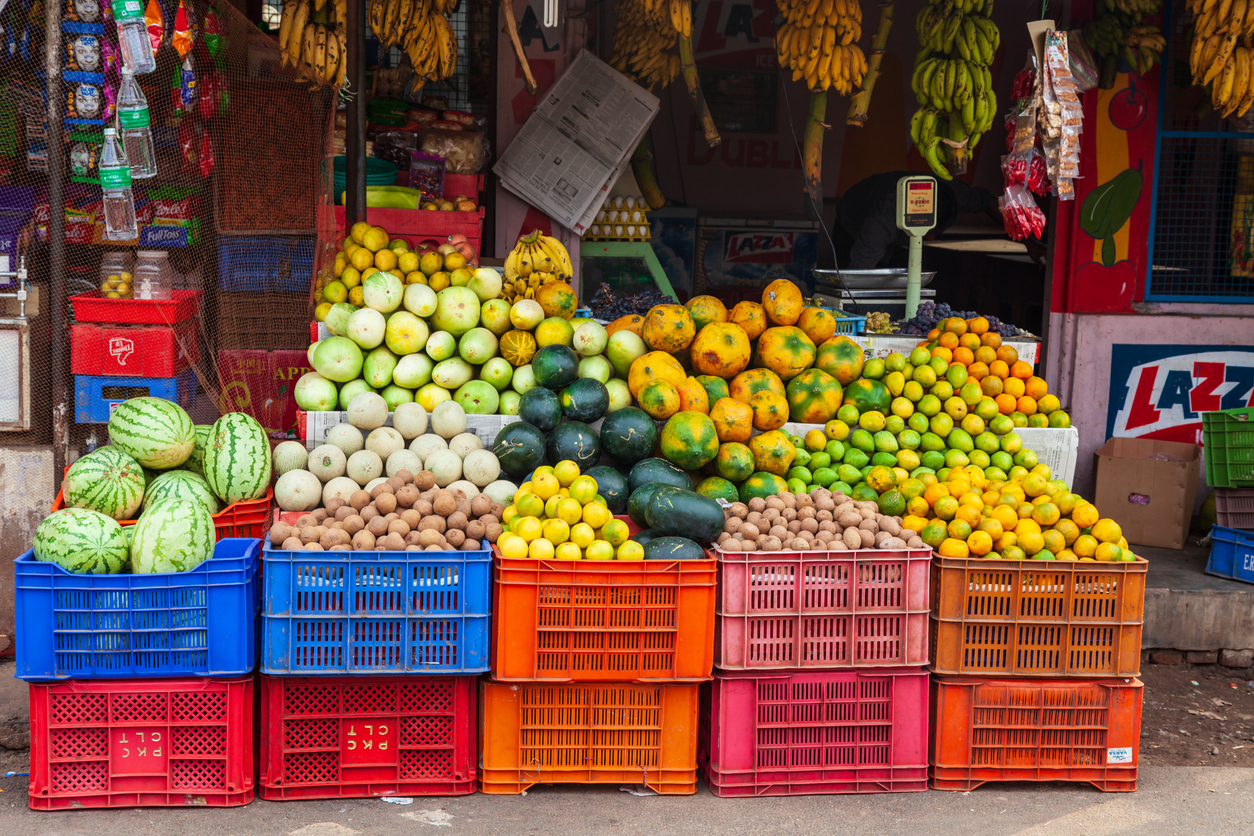
Post lockdown, street vendors struggle to make ends meet
As per a rough estimate, the business is now down by about 75 percent of what it was in 2015. He said the situation was worse for the street food vendors, who otherwise dominate the vending businesses with about 50 percent market share. Fruits and vegetables comprise over 30 percent of the vending business.

Puran Prasad Limbu was running a fast food centre outside a departmental store at Pathakpara in Kolkata’s Behala area for about eight years.
The 40-year-old Nepalese citizen was doing a decent business selling momos, rolls and other Tibetan snacks until the COVID-19 struck.
The pandemic-induced lockdown turned him jobless. But, he thought the crisis was temporary and everything would be normal after the lockdown.
Also read: Take action against rumour-mongers of COVID-19 vaccines: Centre tells states
When even after months of unlocking his business did not pick up again, locals say, Limbu went into depression and turned alcoholic.
On September 30, police found him dead in an under-construction building. He either committed suicide or died of excessive drinking, the police said.
Limbu was not the only vendor in India pushed to death post-lockdown due to the economic despair.
A train hawker, Kashinath Raula (53) and his wife Kanaka (45) committed suicide in Balasore district of Odisha in October last year after their income dried up due to suspension of train services.
Also read: India logs fewer COVID-19 cases but Kerala sees no respite
“There are several such instances across the country. Many such incidents even went unrecorded,” said Shaktiman Ghosh, general secretary of the National Hawkers Federation (NHF).
As per a rough estimate, Ghosh says, the business is now down by about 75 per cent of what it was in 2015. He said the situation was worse for the street food vendors, who otherwise dominate the vending businesses with about 50 per cent market share. Fruits and vegetables comprise over 30 per cent of the vending business.
According to a survey conducted by the National Hawkers Federation in 2015, there were over four crore hawkers in India, who on an average, used to sell products worth ₹2,000 per day. This means the daily turnover of this informal sector was ₹8,000 crore.
Many of these four crore vendors do not have capital now to restock or restart their business.
“Arranging capital for them is now the biggest challenge. We have been trying to help our members to get loans under the PM Street Vendor’s AtmaNirbhar Nidhi (PM SVANidhi) scheme,” said Mohit Velecha, president of the Federation’s youth wing.
The scheme was launched on June 1 last year to help street vendors resume livelihood activities post COVID -19 lockdown. Under this micro-credit facility, a street vendor is provided a collateral-free loan of ₹10,000 for a year, at a concessional interest rate.
The loan amount is raised to ₹20,000 if the first tranche of ₹10,000 is paid within six months.
The target was to give loans to around 50 lakh street vendors. But so far only about 40 per cent applicants received the loan as the banks are allegedly not keen on disbursement as a record of instalment repayment on these accounts is not encouraging.
Of the 32.97 lakh applicants, only 18.10 lakh applications have been sanctioned so far loans and loans disbursed to about 13.52 lakh people, according to the Ministry of Housing and Urban Affairs.
Of them, almost 70 per cent of the loans were disbursed by a handful of states such as Uttar Pradesh, Madhya Pradesh, Andhra Pradesh and Telangana.
The BJP-ruled UP has disbursed over 3.56 lakh loans, while Madhya Pradesh has given loans to over 2.32 lakh applicants, Telangana to over 2.41 lakh and Andhra Pradesh to over 95 thousand vendors.
West Bengal has so far disbursed only 95 loans out of the 4,684 applicants. The state Urban Development and Municipal Affairs Minister Firhad Hakim claims that vendors are not showing interest in the Centre’s loan scheme as the state government under its Hawker Support Scheme provides one-time ex-gratia payment of Rs 2,000.
Ghosh blames municipalities and banks for the poor response to these schemes in most states.
“Most cities do not have Town Vending Committee that provides a certificate of vending to a hawker. Most municipalities and civic bodies are also not forthcoming in providing letters of recommendation (LoR) to a vendor needed to apply for a loan,” Ghosh said.
Ghosh said the matter had been taken up with the government so that the civic bodies could be nudged to facilitate vendors in getting loans.
To allay the concerns of banks about loan recovery, the NHF is working on building a robust repayment collection mechanism.
“We are currently holding discussions with banks to depute one collection agent against a cluster of 1,000 loan beneficiaries. Instead of monthly installments, the agent will do collection on a weekly basis,” Velecha said.
These agents would be recruited from among the hawkers, he added.


